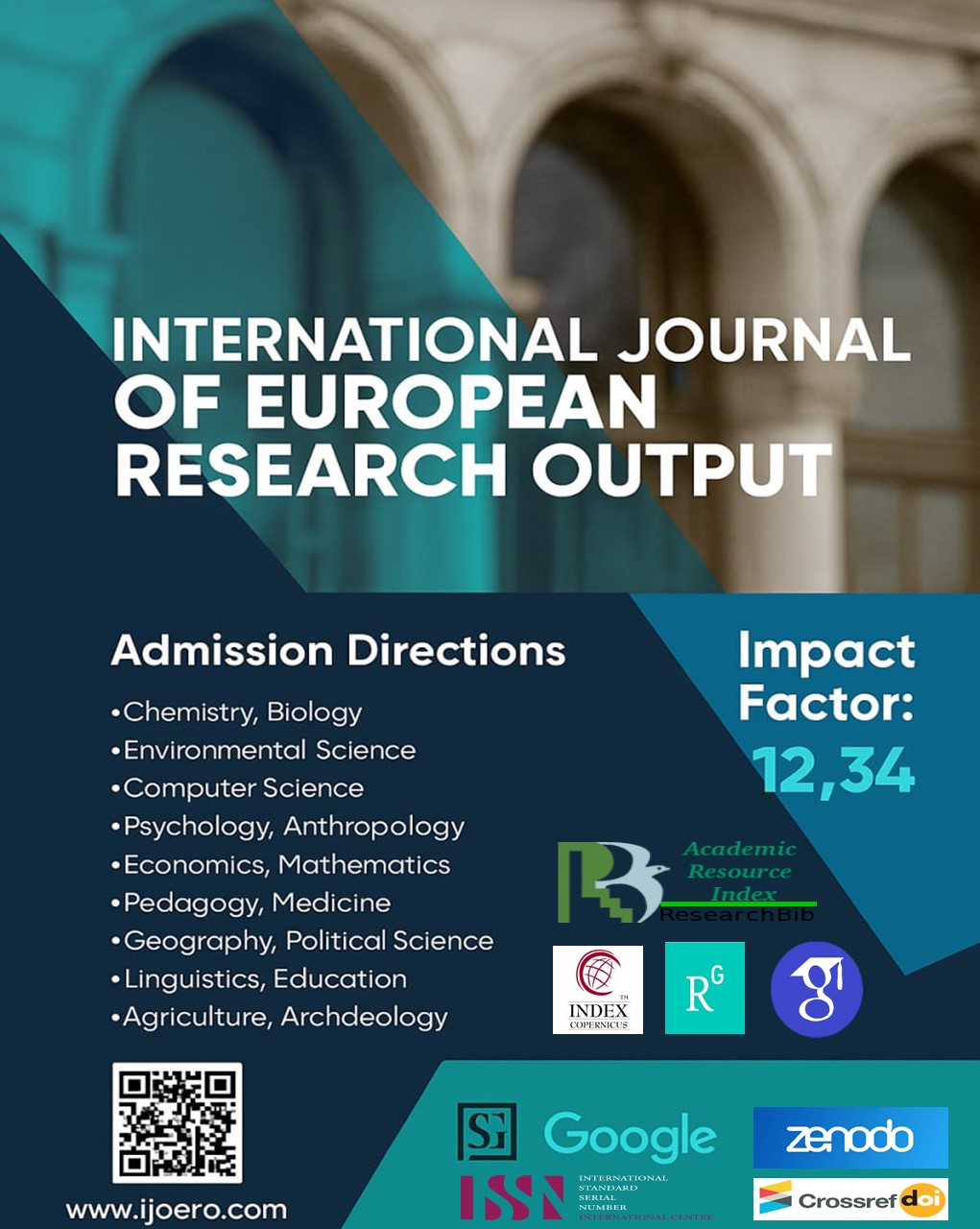TRANSLATING THE “UNTRANSLATABLE”: NAVIGATING CULTURAL BARRIERS IN LITERARY TRANSLATION
Main Article Content
Abstract
Literary translation is a complex and challenging task, especially when it comes to translating culturally specific elements that seem difficult to convey in another language and culture. This article aims to explore the concept of translating the "untranslatable" and the strategies employed by translators to navigate cultural barriers in the process. It begins by acknowledging the inherent difficulties in literary translation, where cultural nuances, idiomatic expressions, wordplay, and cultural references pose significant challenges for translators. These elements contribute to the uniqueness and richness of a literary work, making them seemingly untranslatable.
Article Details
References
Bhabha, Homi K., (1992). "Translation and Cultural Identity: Selected Essays on Translation and Cross-Cultural Communication." New York: Routledge.
Hung, Eva (ed.), (2017). "Translation and Cultural Change: Studies in History, Norms, and Image-Projection." Amsterdam: John Benjamins Publishing Company.
Bazzi, Samia, (2007). "Translation and Cultural Hegemony: The Case of French-Arabic Translation.", Bristol: Multilingual Matters.
Venuti, Lawrence (ed.), (2004). "The Translation Studies Reader." New York: Routledge.
Hepp, Andreas and Couldry, Nick, (2018). "Cultural Ways of Worldmaking: Media and Narratives." Cambridge: Polity Press.
Cronin, Michael and Laviosa, Sara (eds.), (2009). "Translation and Globalization". London: Routledge.
Apter, Emily, (2006). "The Translation Zone: A New Comparative Literature." Princeton: Princeton University Press.
Bassnett, Susan and Trivedi, Harish (eds.), (2012). "Translation and Cultural Adaptation in World Literature." London: Routledge.
Tymoczko, Maria and Gentzler, Edwin, (2002). "Translation and Power." Amherst: University of Massachusetts Press.
